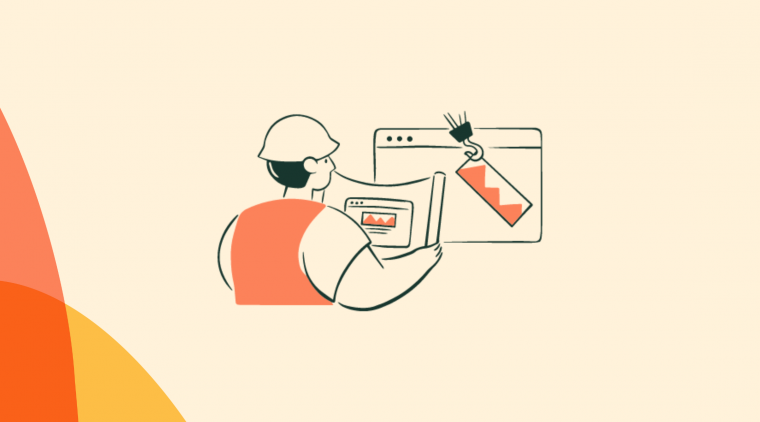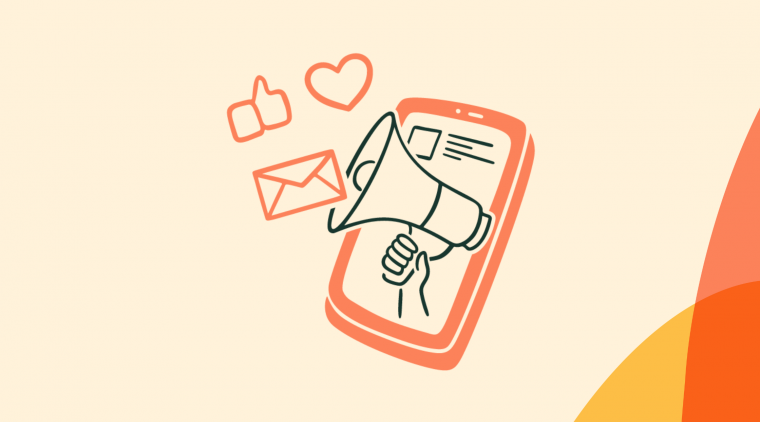Love is in the air, but not so much when talking about products or customers.
When thinking about product success, especially within the B2B SaaS domain, love is not a common goal; instead it might be retention, engagement, or conversion.
However, as trends such as consumerization of enterprise software, product-led growth, and conversational UI continue to gather pace, it’s time to evaluate where love fits into product usage and customer engagement.
The “Languages of Love” has become a well-known framework for helping us understand the interpersonal dynamics between people in love.
Essentially it categorizes the ways in which love can be given and received into the following:
- Receiving gifts 🎁
- Words of affirmation 🗣️
- Acts of service 💞
- Quality time 🏖️
- Physical touch 🤝
First presented in a book from 1992 by Gary Chapman, a Southern Baptist pastor, for his audience of married Christian couples, these ideas have by now penetrated into our common vernacular as people look for a better understanding of how to connect more deeply.
These concepts are hopefully easy to understand; we’re all familiar with this kind of framework in our everyday lives. As it happens, building successful software products is as much about understanding user psychology as it is about market dynamics.
So, it’s that time of year again, and we’ve cherry-picked some important lessons that product people can take away from The Five Love Langauages® to increase customer love.
Customer love is a metric for products chasing breakout growth
While “Product-Market Fit” (PM Fit) might be the first goal of a new startup, products that are chasing breakout growth need to narrow in on customer love. PM Fit demonstrates that what you’re building is meeting a need in the market, and if the go-to-market strategy is right, this will lead to growth.
Yet, that growth can be significantly accelerated if you learn to build and cultivate user relationships based on the principles of customer love; this will lead to organic and word-of-mouth sharing that can significantly increase your viral coefficient and reduce acquisition costs.
Simply put, if you figure out how to get your customers to fall in love with your product, you’re building a solid foundation of retention and organic growth.
A little extra customer TLC (tender loving care) can go a long way to improving LCV (lifetime customer value) (tweet this!)
Customer love also lends a fantastic credibility to your sales and marketing efforts; people rely and trust the opinions of peers far more so. Companies can also leverage customer love to help drive user-generated content, or even develop valuable channels like influencer deals, affiliate partnerships, and brand ambassador relationships.
Companies that have done a good job of driving and showcasing customer love include Intercom, Figma and Airtable.
Here’s a simple example from Intercom:
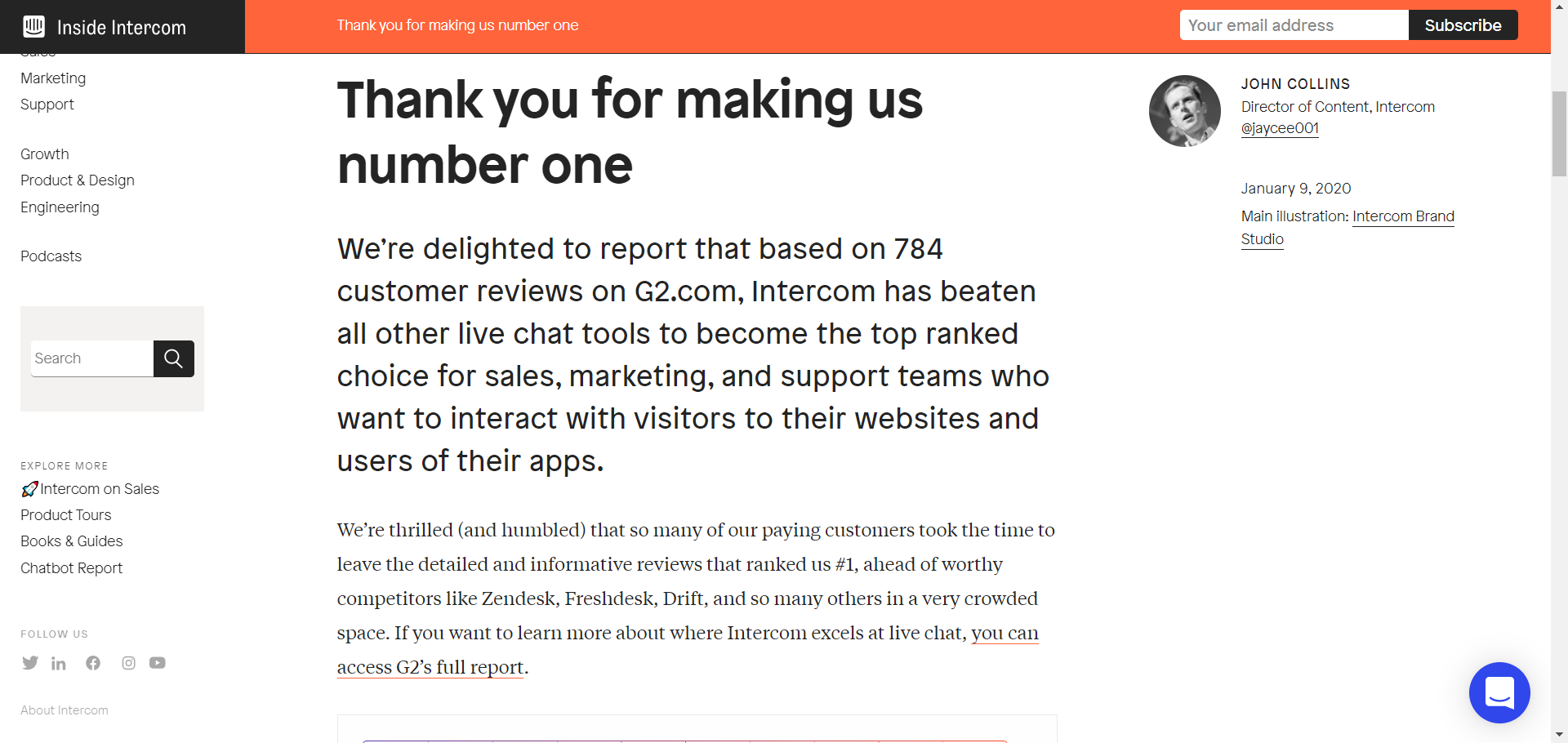
Source: Intercom
In this article, they address their appreciation for users that have given positive reviews on G2.com. Straightforward words of affirmation!
Intercom have done great work to spread the message of customer love with their Inside Intercom initiative.
The blog and podcast arms will often share and promote stories of user success and championship (words of affirmation), and the worldwide events series represents a space to meet users in a face-to-face capacity (physical touch, receiving gifts, acts of service), and to establish lasting, impactful customer relationships.
How to measure customer love
Before trying to drive customer love, it’s important to have a sense of how you’ll measure success. Of course product engagement metrics should generally align to customer love, but these can be lagging, and won’t fully represent where you currently stand on customer love.
A common methodology that today proxies for customer love is Net Promoter Score® (NPS), which measures how likely a user is to recommend your product/service to others. High NPS values will also correlate with customer love, and can be an effective way to get a general sense of what’s possible.
One of the drawbacks of NPS can be that it’s hard to know where customers are struggling or what they love more / less.
To handle this, you might try to employ one of a few different survey types:
- Feature NPS surveys,
- Segmented customer satisfaction (CSAT) surveys.
For example, once activated on a feature for the first time, you can ask: “How satisfied are you with {this feature}?” to get their immediate sentiment. Doing this in-product can lead to much higher response rates, and more accurate feedback. In fact, we recommend implementing continuous feedback within your product.
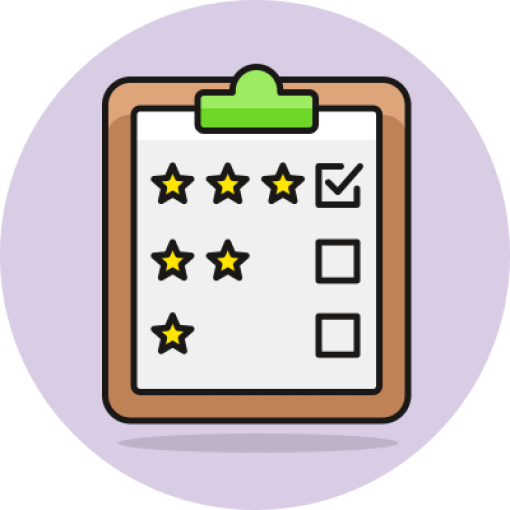
Do users love your product?
Deploy a feedback survey in minutes and find out!
The 5 Languages of Customer Love: A SaaS Growth Framework ❤️
Translating the 5 languages to customer love
Once you have a baseline measurement of your customer love, you can set a target value, and start improvement initiatives to drive this forward. Of course, increasing your product/service’s core value proposition, improving UX, reducing prices can all help, but you can also supplement these items with inspiration from the Five Languages of Love:
🎁 Receiving gifts
One thing better than receiving a gift, is receiving a surprise gift! Gift giving is not something your users will expect; apart from perhaps fringe Games-as-a-Service models, it’s not really ‘normal’ in the software world to expect gifts from your service provider. This means you can get ahead of the competition by adding gifts to your user experience.
These don’t have to be physical gifts, and can be easter eggs or rewards within your product. Gifts like this are more likely to be valued by your customer because you already know they are motivated to use your product, whereas it may be hard to ascertain their preferences outside of your product.
Products like Duolingo do a great job of offering gifts inside the app as users proceed. For example, offering additional access to content or features, but also offering extra credits.

Source: Duolingo
Other gift examples can include:
- Special offers or coupons
- Status or privileges
- Credits or currency
Beyond the virtual, there are also more tangible gifts that can add just as much to the experience of customer love.
Michael Litt, CEO & cofounder of video platform Vidyard talks eloquently about the challenges (and rewards) of creating a truly special customer gift experience:
“It probably comes as no surprise that I’m not the only CEO who has tackled this problem before— one need only look to leaders such as Salesforce who consistently go above and beyond their competitors by treating customers like actual business partners to ensure their success. But every company is different, and we needed to find our own special sauce that would scale with us as we transform from startup to established, all the way to big business.” - Michael Litt
Here Michael is talking about Vidyard’s customized welcome box, which consists of an extremely high-end unboxing experience and welcome package. This is just one (great!) example of how to use product customization and utilize the act of gift giving to cultivate customer love.
Vidyard are no stranger to the concept of gifting their customers with exquisite experiences: in the past they’ve done a $30 Valentine’s Day campaign and even wrote their customer’s names in the sky with a plane.
🏖️ Quality time
It may be hard for a product to offer attentiveness to a user because of the nature of software, but there are other ways to define quality time:
- Attentiveness in out-of-product channels (e.g. support conversations)
- More in-product personalization
- Value-adding notifications and messages (to help a user reconnect)
- Gamification methods to encourage streaks (continued and regular usage)
Product teams may want to focus on the last three of the list above. Some simple ways to add personalization can include referencing users by their first name in an onboarding Tour, or by letting them choose their goals and offering relevant tips.
Even if you are not able to design an excellent notifications or messaging strategy to improve quality time, the reverse will certainly decrease customer love. Coming across as too needy through an overload of marketing emails or app notifications will reveal your product as needy and not caring, and this will lead to user frustration and reduction in satisfaction.
Duolingo has “Leagues”; a personalized gamification feature that pits you against language learners of a similar level.
 Source: DuoLingo
Source: DuoLingo
Similarly, you can also see how your friends are doing and in typical competitive fashion, you are able to see your rank relative to your network of friends. This is an effective way to encourage user participation.
Duolingo is packed full of these “quality time” features; you’re given the option to spend your hard-earned Lingots to unlock features like personalized themes or language modules. Streaks are codified by simple UI tweaks like colour changes and progress bars; these may seem trivial but they help to cultivate a more personal experience and build a sense of sentimentality and strengthen the habit-building alongside Duolingo’s other gamification features.
🗣️ Words of affirmation
This is probably one of the easiest categories to implement inside your product and offers a significant delta to what often exists within products today: congratulate, thank and encourage your users!
There’s enough psychology research out there that shows we are most likely to succeed when motivated, and that dopamine can drive this motivation. It’s fairly easy to show an in-product congratulatory message when a user successfully completes their first task and some of the best products, such as MailChimp below have become renowned for such simple UI elements.

Dropbox’s Made in Dropbox series chronicles success stories that utilize their product for success; this kind of leverage helps promote social proof and evidence Dropbox’s value proposition, and is a way of affirming their user base by putting a face, name, and story to the product.
 Source: Dropbox
Source: Dropbox
We wrote about how showing gratitude can actually increase feature adoption, with more examples of how companies do this, here.
Another great example is how subscription analytics company Baremetrics regularly Tweets their customers' successes.
Here they're celebrating The Church Co's $20k MRR:
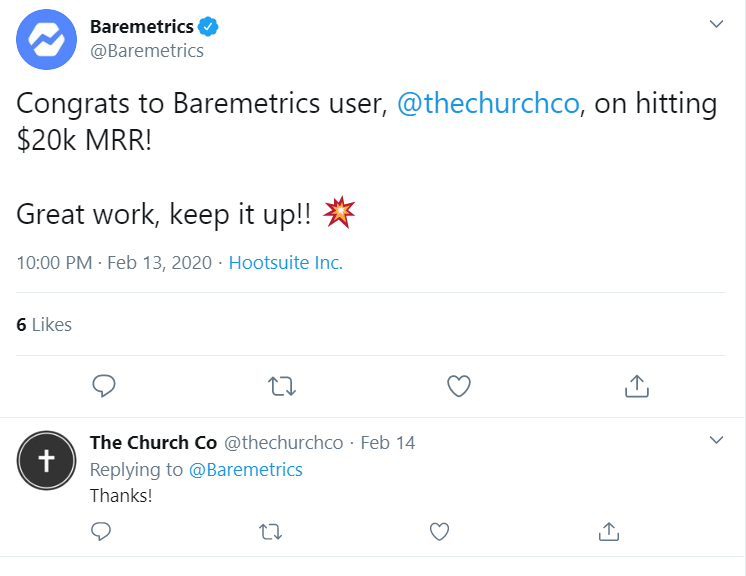
And similarly, @nathanbarry and @ConvertKit's stellar $20 million ARR!
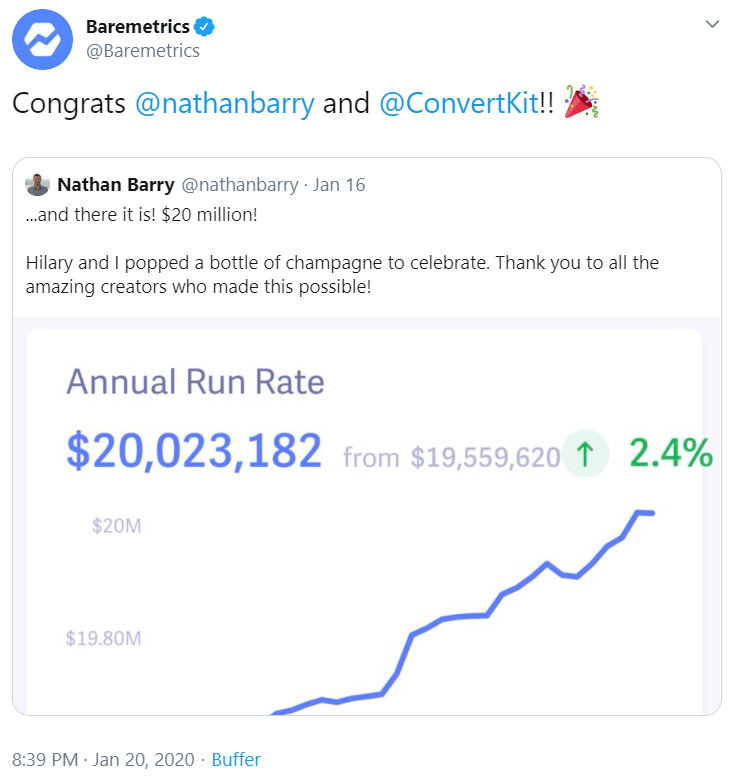
This is a great way to show customers you truly care about helping them succeed with your product, and something so simple as a congratulatory message can have a big impact.
Other ways you can increase customer love through words of affirmation includes demonstrating social proof and leveraging examples of other, similar users, when directing users to take certain actions. For example, a tooltip that says “Most of our others users select this option” can help a user feel comforted when making decisions.
💞 Acts of service
This language is about doing; actions that speak louder than words. This is already well-baked into software products through good interaction design, for example, ensuring there are clear confirmation and error states.
However going beyond simple UX design, you can leverage acts of service in the following ways to increase your customer love:
- Drive users towards “aha!” moments
- Incorporate charitable giving
- Offer great customer success
Incorporating giving doesn’t necessarily need to be towards traditional charities. For example, Lyft users care about environmental sustainability and reducing CO2 emissions, so the app allows users to choose “Green mode”.
 Source: Business Insider
Source: Business Insider
Customer Success has become a must-have role within companies, and most teams now understand that this involves more than responding to support tickets. Finding ways to help your users be more successful in the jobs they’ve hired your product for is an essential part of serving your customers well.
🤝 Physical touch
The only way to apply physical touch is to get out of the software world and interact with your users in real-life scenarios! Many companies do this in the following ways:
- Events and conferences
- Swag
- On-site visits and trainings
- Phone or video support
It’s really important to build customer relationships and love through physical interactions and this has been seen historically when selling; field visits were a core part of software sales. While video conferencing can be a legitimate substitute, it’s important for product teams to still “get out of the building” and meet their customers face to face.
Many companies organize customer conferences or roadshows to also connect their customers with each other, and create a community.
 Source: Intercom
Source: Intercom
Steli Efti, CEO and co-founder of Close.io stresses the importance of calling every SaaS user in the first five minutes after initial trial sign up. Something so simple can have a huge effect on retention and customer relationship building.
Call within 5 minutes and your chances of reaching a lead will be 100 times higher than calling after 30 minutes of sign up. Your chances of qualifying that same lead? 21 times higher. - Stelli Efti
Simple, thoughtful interactions like these at crucial points along the user journey are key to converting new prospects into devoted product lovers.
Each customer will have their own love languages
One of the core tenets of the original book on Love Languages was Chapman’s urging of people to learn other people’s languages, and adapt their own behavior to better match how others’ preferred receiving love.
This means that it’s not all about your product’s identity or a single language that you and your team should focus on. Instead it’s about better understanding how your users currently receive love and what else they would prefer. You may find that based on your Ideal Customer Profile (ICP) your users tend to gravitate towards one particular love language, but likely it will be a combination.
This means that you should offer alternatives and options and let users choose. For example, you may offer swag for users who leave a review, but also offer free entry to your next conference. You could offer in-product chat or a phone call for support. You could let users choose to activate a new level by completing a task, or by simply paying for it. Letting people choose will help you better understand their love language and this will enable greater customer love in return.
Express some customer love this Valentine’s
Valentine’s Day is a great opportunity to express customer love. You can celebrate your users through a simple in-app modal (takes 5 minutes to build with Chameleon) or even just sending them an email (without asking anything in return).
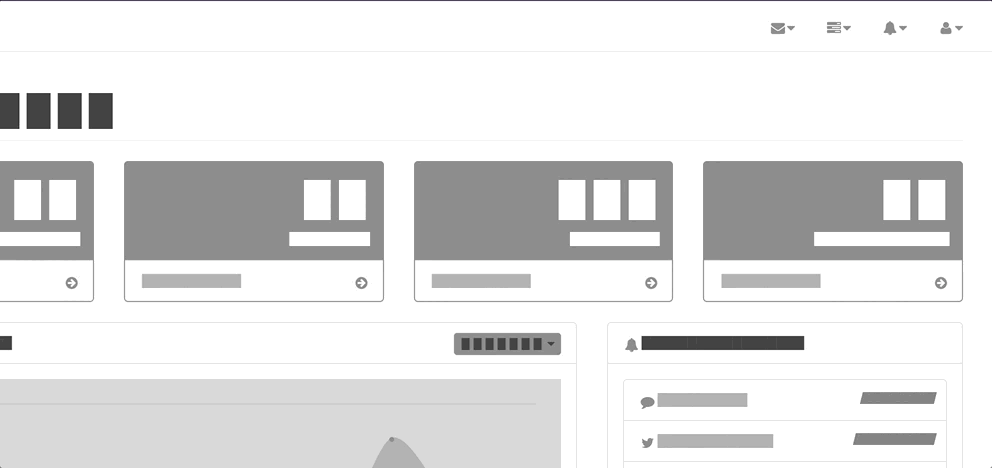
Ongoing, you can create a small project or pod within your company that leads the charge on customer love, to find ways to incorporate it and to help share the importance and value of it throughout your organization.
Expressing love this way will lead to customers loving your product and brand, and now is a great time to get ahead, because software products (especially SaaS) don’t do this very well today. In the future, this will become table-stakes.
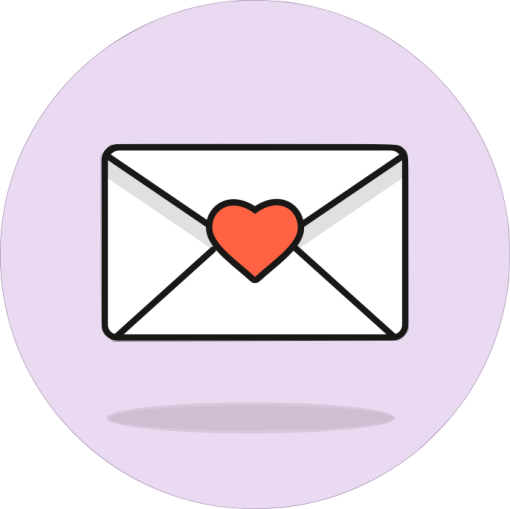
Your product + Chameleon = customer love
Subscribe to our blog for more wholesome product best practices!
The 5 Languages of Customer Love: A SaaS Growth Framework ❤️
Have you used any of these love languages in your product or customer experience?
Leave a comment below and we'll include in the next post update!

